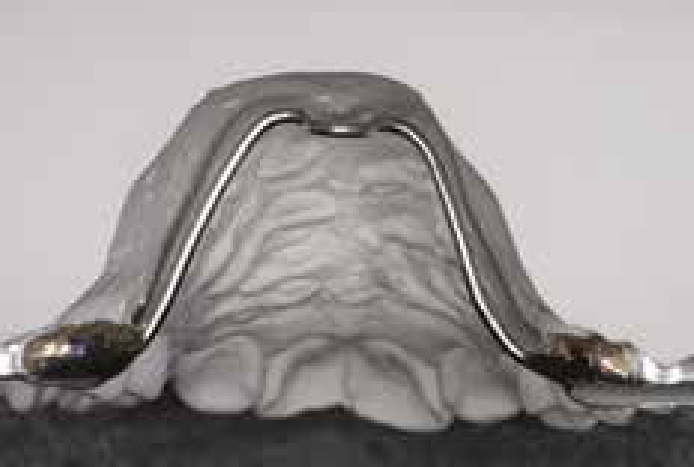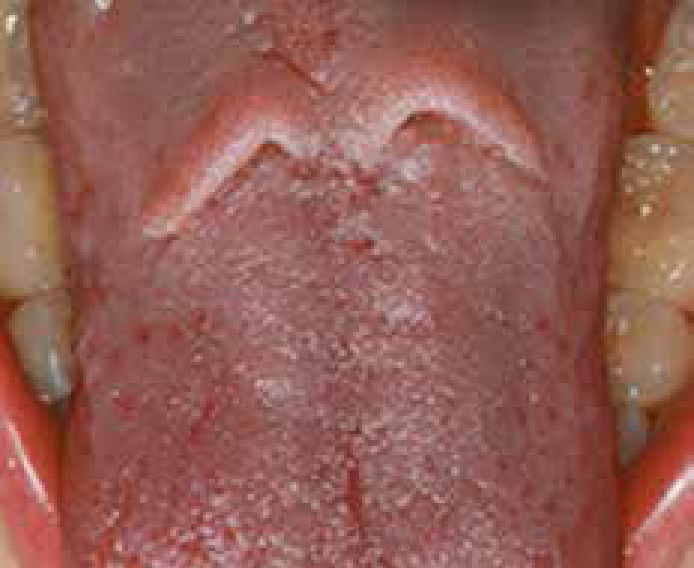Abstract
Whilst transient effects of orthodontic appliances on the oral mucosa are well recognized, chronic lesions, persisting post therapy are unusual. We describe a persistent lingual mucosal defect related to a transpalatal arch (TPA) in a healthy 19-year-old female. The asymptomatic lesion is presently being monitored, however, surgical revision in the future may be requested by the patient if the area fails to remodel.




